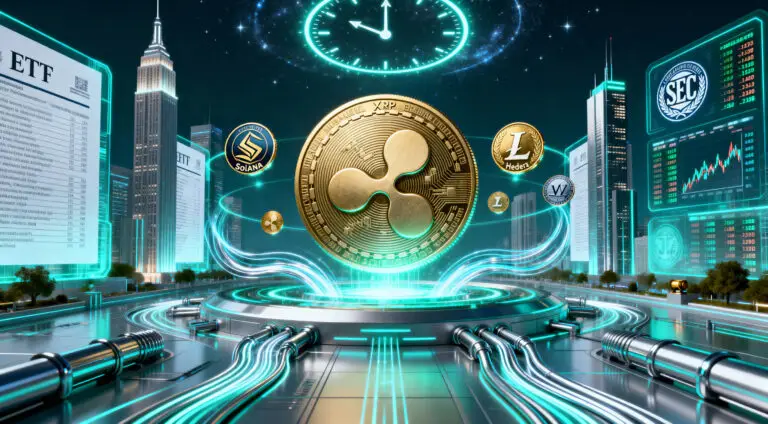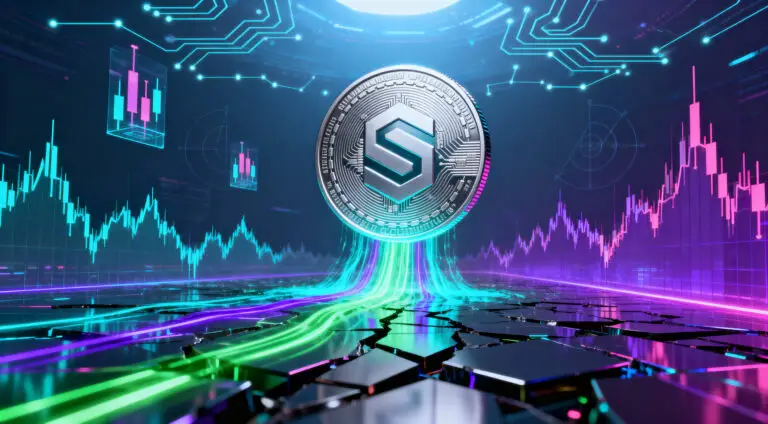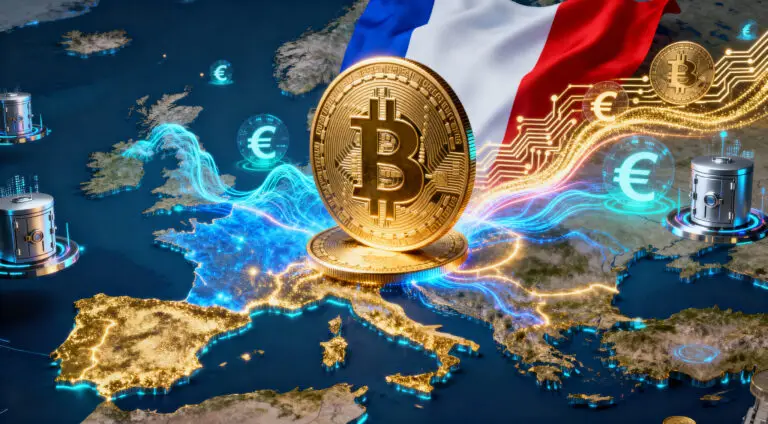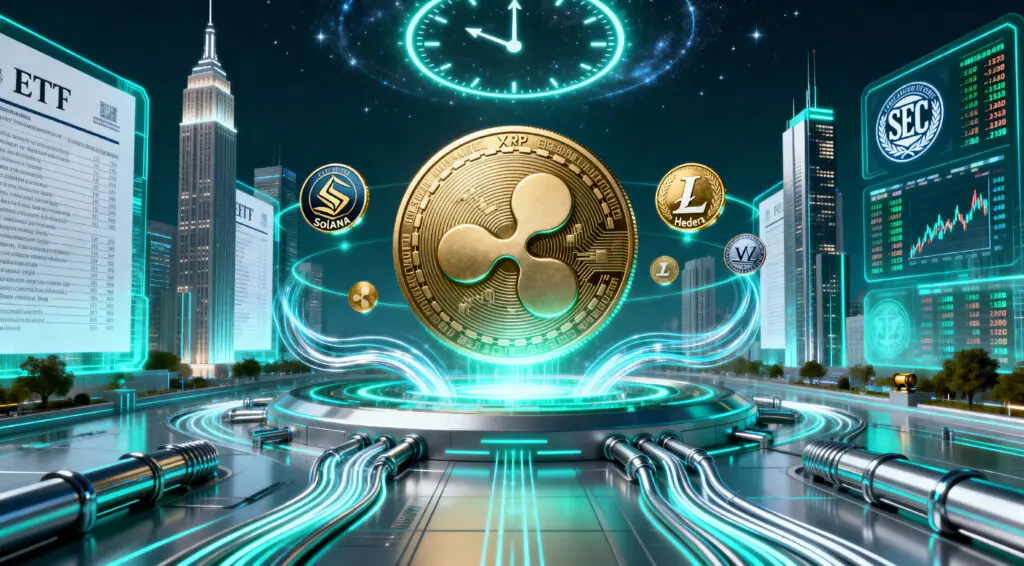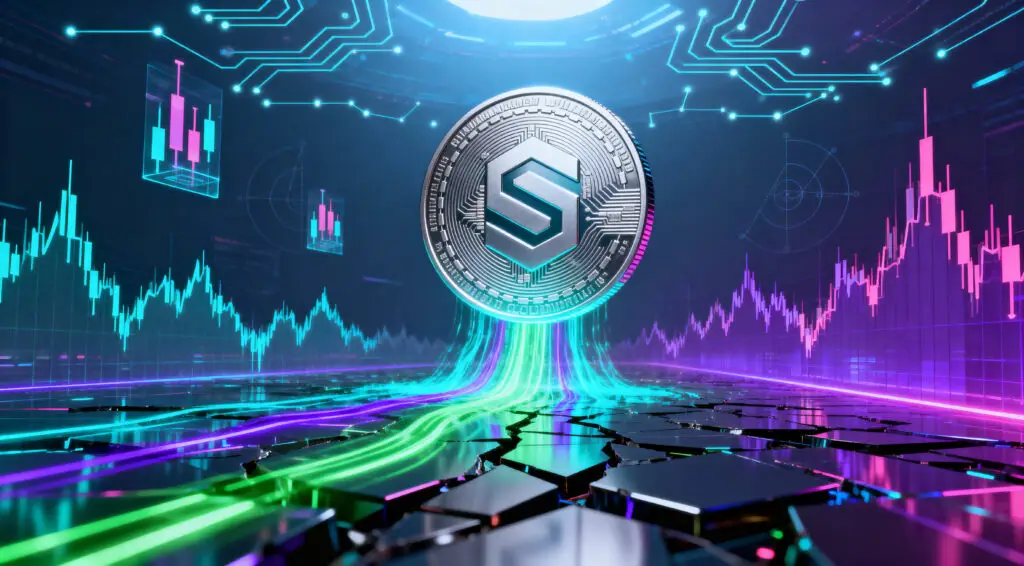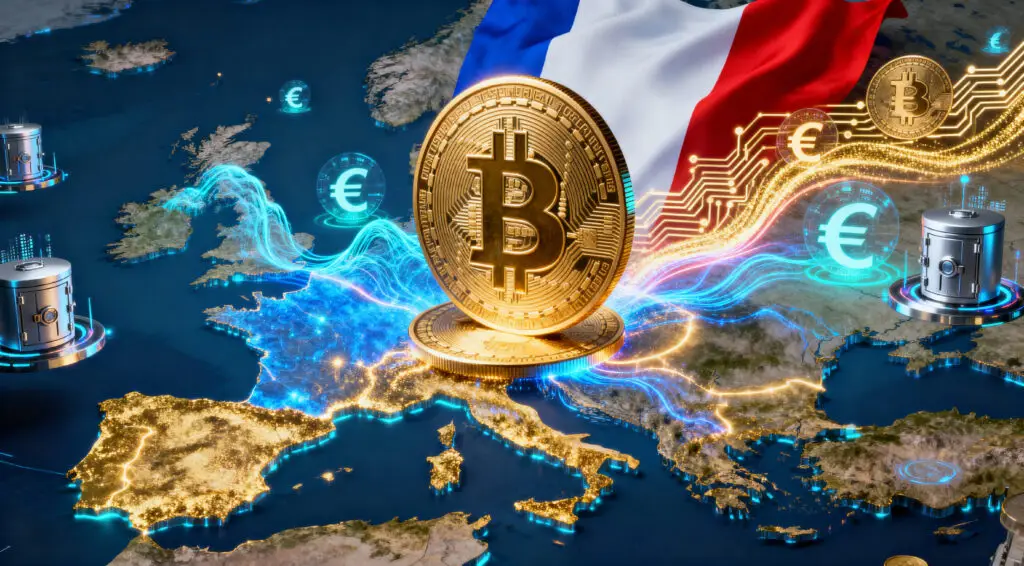The South Korean Bitcoin market has entered an unusual “discount mode,” with prices consistently trading below the global average for 12 consecutive days. This marks the deepest and most sustained “Kimchi discount” observed in 2025, a stark contrast to the historical “Kimchi premium,” where Bitcoin typically fetches higher prices in the region. This price deviation highlights the significant influence of regional market conditions, including sentiment, liquidity, and regulatory factors.
The Emergence of the “Kimchi Discount”
Historically, South Korea’s cryptocurrency market has often seen a “Kimchi premium,” where the price of Bitcoin and other digital assets trades at a higher rate on local exchanges compared to international platforms. This premium is typically attributed to factors such as high demand, limited arbitrage opportunities due to strict capital controls, and a strong retail investor base.
However, since July 8, 2025, this trend has reversed. For instance, on Sunday afternoon, July 20, while the global weighted average price of Bitcoin was $118,189, it was selling for $115,620 on South Korean exchange Upbit. This represents a 2.18% ($2,569) discount, significantly lower than nearly every other exchange rate at the time. Cryptoquant.com data confirms that discounts topped 2% on both July 11 and July 16, reaching the steepest levels seen this year in South Korea, though not quite as deep as the 2.42% discount recorded on December 7, 2024. This sustained markdown is unusual in both its size and duration, indicating a clear deviation from the normal pricing pattern in the Korean market.
Factors Contributing to the Price Deviation
Several factors could be contributing to this persistent “kimchi discount.” While the article does not explicitly state the reasons for the current discount, historical patterns suggest that changes in local regulatory sentiment, shifts in investor behaviour, or challenges in arbitrage opportunities can lead to such deviations.
In the past, the “kimchi premium” often reflected a disconnect between local supply and demand, exacerbated by strict capital controls that made it difficult for foreign investors to directly participate in the South Korean market and for local traders to easily move funds out to exploit arbitrage opportunities. A sustained discount, therefore, could indicate a reversal of these dynamics, perhaps due to:
- Increased Selling Pressure: A surge in local selling pressure that is not matched by buying demand.
- Regulatory Changes: New or anticipated regulatory changes that might deter local investment or facilitate easier capital outflow.
- Reduced Arbitrage Barriers: A loosening of restrictions that makes it easier for international traders to buy Bitcoin cheaper elsewhere and sell it in South Korea, or vice versa, to capitalise on the price difference.
- Shifting Investor Sentiment: A more cautious or bearish sentiment among South Korean investors compared to the global market.
While Bitcoin is traded globally, these persistent local price gaps underscore how regional conditions like sentiment, liquidity, and regulation continue to significantly shape the market. The duration and depth of this current “Kimchi discount” will be a key indicator for understanding the evolving dynamics of South Korea’s influential crypto market.



